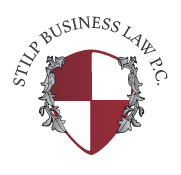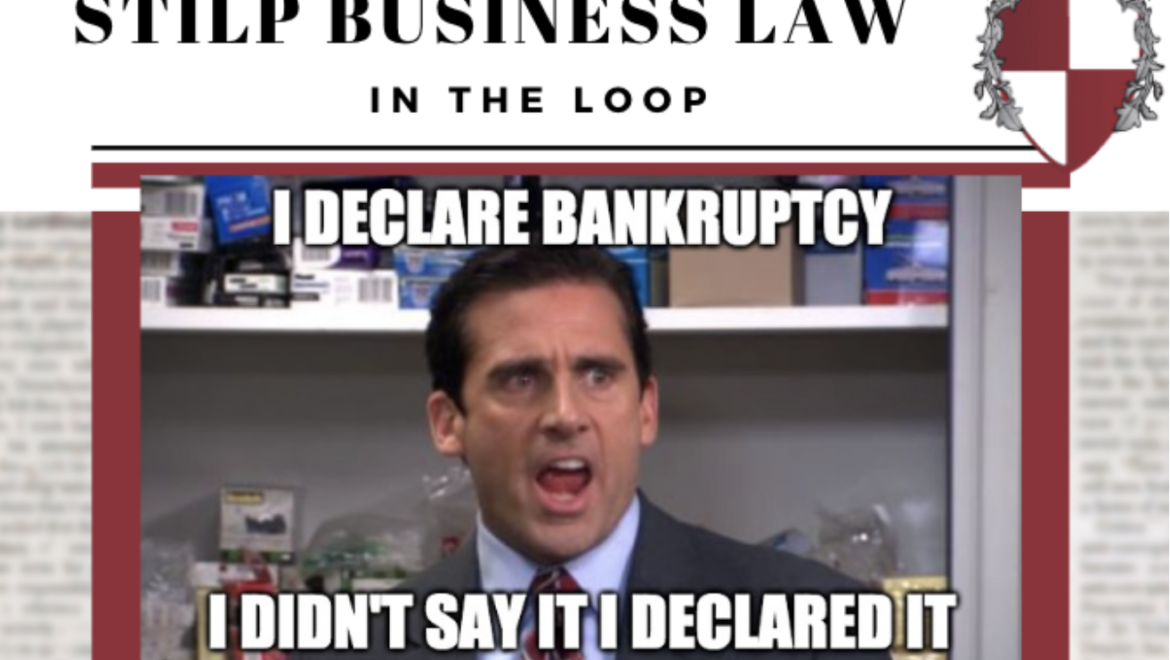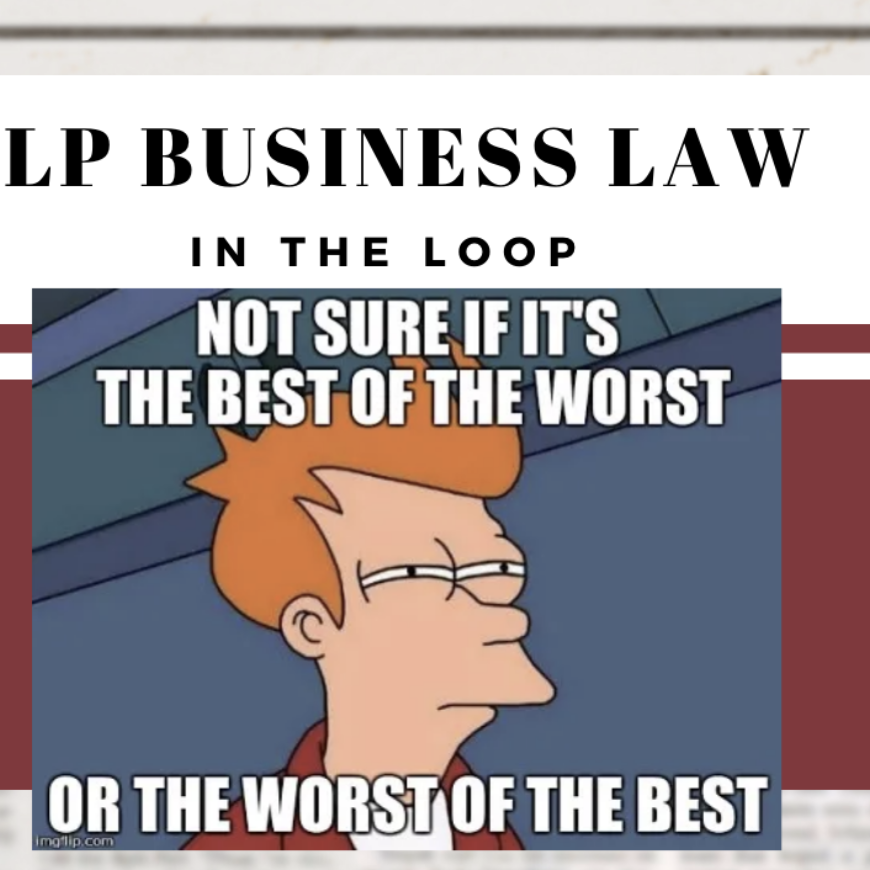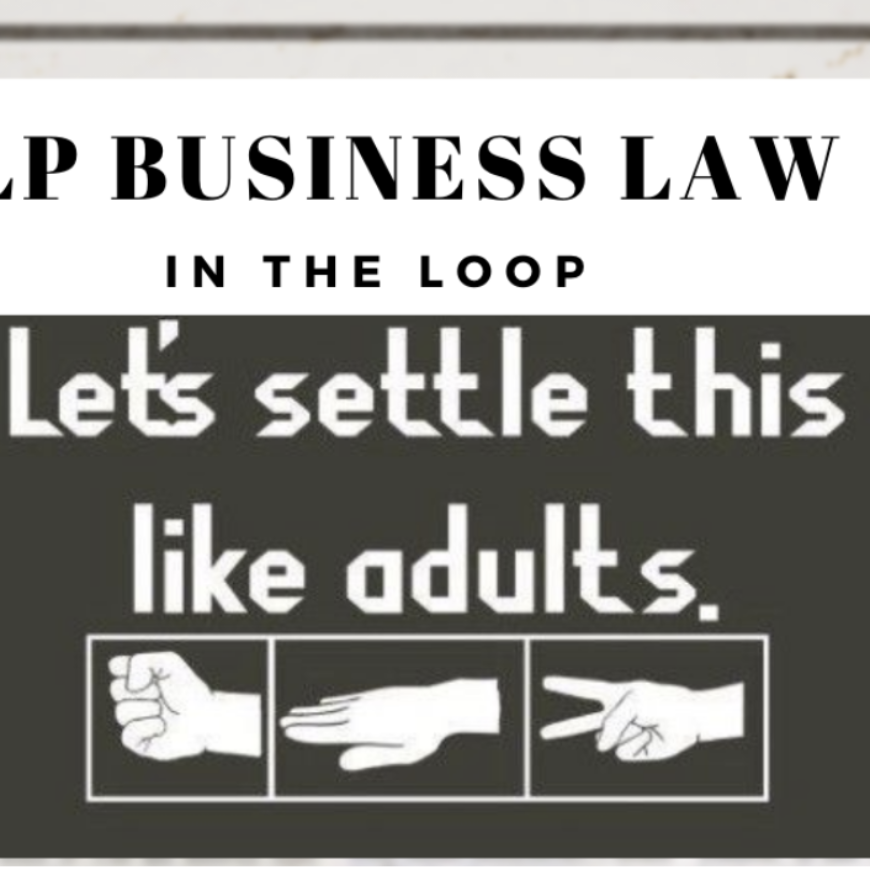|
“Auto industry frets over possible price collapse”
“Online issues reported by banks-Clients overwhelm account access. . . “
“With sales plummeting, used vehicles starting to stack up at auction sites”
“Navigating refund policies – From hotline help to ‘the nuclear option,’ customers seeking to recoup money spent”
“Banks brace for big loan defaults”
What do all these dire headlines have in common? They are taken word-for-word from the Chicago Tribune, Business Section, April 16, 2020. The date marks the near beginning of COVID, a time when a number of businesses went into bankruptcy.
The right to bankruptcy is in the US Constitution, Article I, Section 8. The first bankruptcy statute in England was enacted in 1543. Braunstein v. McCabe, 571 F.3d 108 (1st Cir. 2009).
Bankruptcy started as a Creditor’s remedy. Today, a Debtor in bankruptcy has more control, and can file under Chapter 7 (liquidation), Chapter 11 (reorganization for businesses) or Chapter 13 (reorganization for individuals). From a Creditor’s standpoint, the classification of claims (secured or unsecured), priority (who is first to be paid) and amount of payment are issues that are subject to review by the Bankruptcy Court.
Bankruptcy can be complicated. Take, for example, the “secured creditor.” Who is a secured creditor? Examples include:
- The holder of a real estate mortgage
- A bank with a lien on all assets
- An equipment lender
- The holder of a statutory lien
Further distinctions exist. Between secured creditors, a creditor may be senior or it may be subordinate; it may be oversecured, fully secured, or undersecured; it may have a long-term business relationship with the Debtor, or the transaction may be a one-shot deal; the amount owed may be significant or it may be small, depending on the creditor.
The point is that even among secured creditors, where the creditor stands is a function of where the creditor’s lawyer puts the claim, and one secured creditor may be in a very different place than another.
If someone owes your business money, no need to throw in the towel and give up.
Having handled hundreds of bankruptcies representing creditors in the federal bankruptcy courts, we have obtained full payment on claims when clients thought no payment would be recovered.



